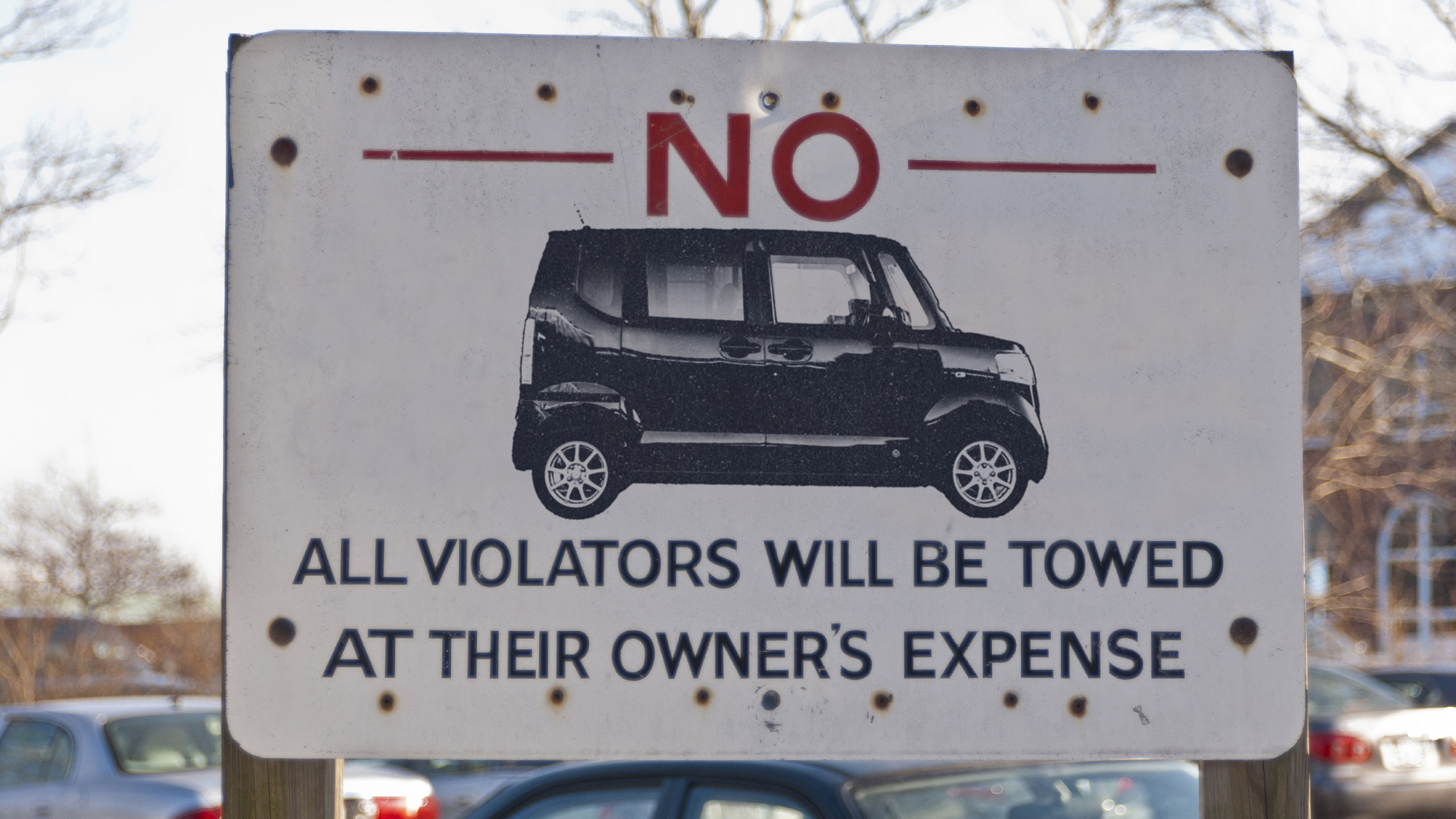Kei cars are the antithesis of the big American SUV. Where EPA regulations effectively penalize automakers for building smaller, more efficient cars, Japan's Kei car regulations cap size, weight, and power to just fractions. Kei cars aren't just small, they're also pretty cheap, a fact that has made them a sales success in Japan and highly desirable as a gray-market import, particularly by people who think new cars have gotten too large, too complicated, and too expensive. A few years ago, Ars even wrote a guide on how to go about importing one from Japan.
But not everyone is a fan of the diminutive Kei import. As far as the federal government is concerned, as long as it's more than 25 years old, an imported car does not have to comply with federal motor vehicle safety standards or fuel economy standards; just makes sure you pay all your import duties.
That's because the federal government doesn't license vehicles to operate on public roads. That task belongs to the individual states, and increasingly, they are giving Kei cars the thumbs down—sometimes even in cases where previously those cars posed no problem.
Some states restrict Kei cars—often Kei trucks, in this case—to working as farm vehicles; depending on the state, they may travel up to 20 miles from the farm. Some states like Alabama and Arkansas allow them with conditions such as speed restrictions or no highway use. And others are outright banning them. Georgia, Maine, and New York have all done so, and now Massachusetts is the latest to join that movement, helpfully even publishing a list of examples of Kei cars it won't now register.
Are they safe on American roads?
The states aren't all using exactly the same reasoning for their crackdowns. In some cases, Kei cars have been classified as "off-road vehicles," deemed unfit for road use. In other cases, state DMVs have pointed to the lack of compliance with federal safety standards as justification for banning them.



AAMVA has had it in for "mini trucks" (Kei trucks) for years, and has expanded their efforts to all Kei vehicles now.
Do we really want an organization like this -- which isn't answerable to the public at all -- effectively dictating to states' motor vehicle departments? My thought is "no", but how many average people even know of its existence, let alone agendas, to speak up about it?